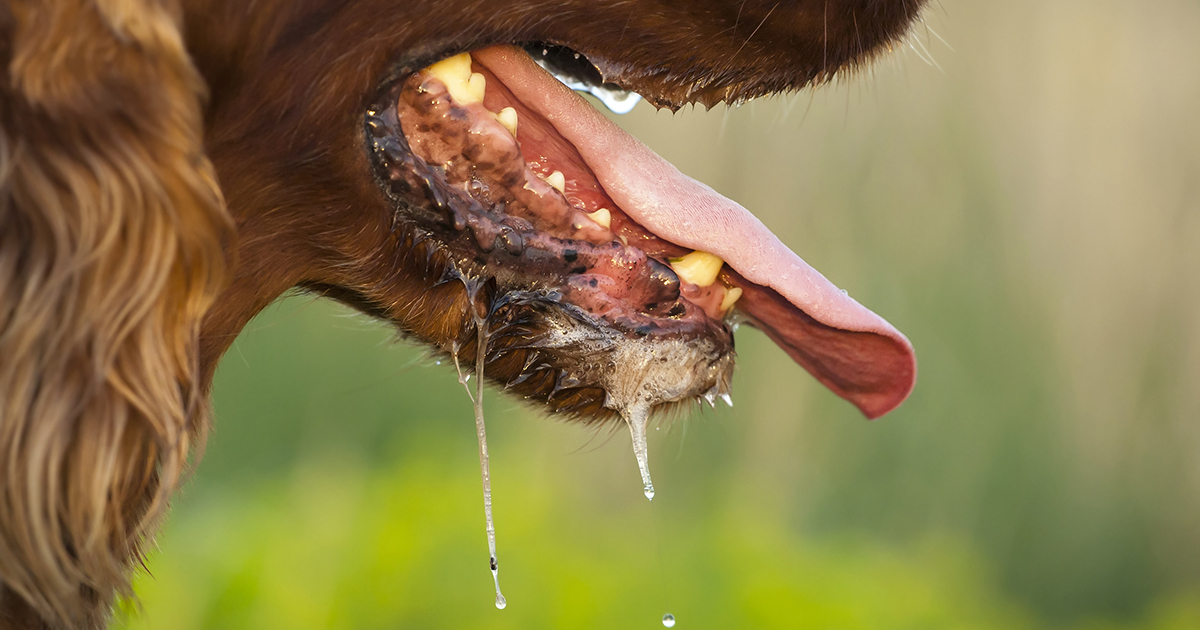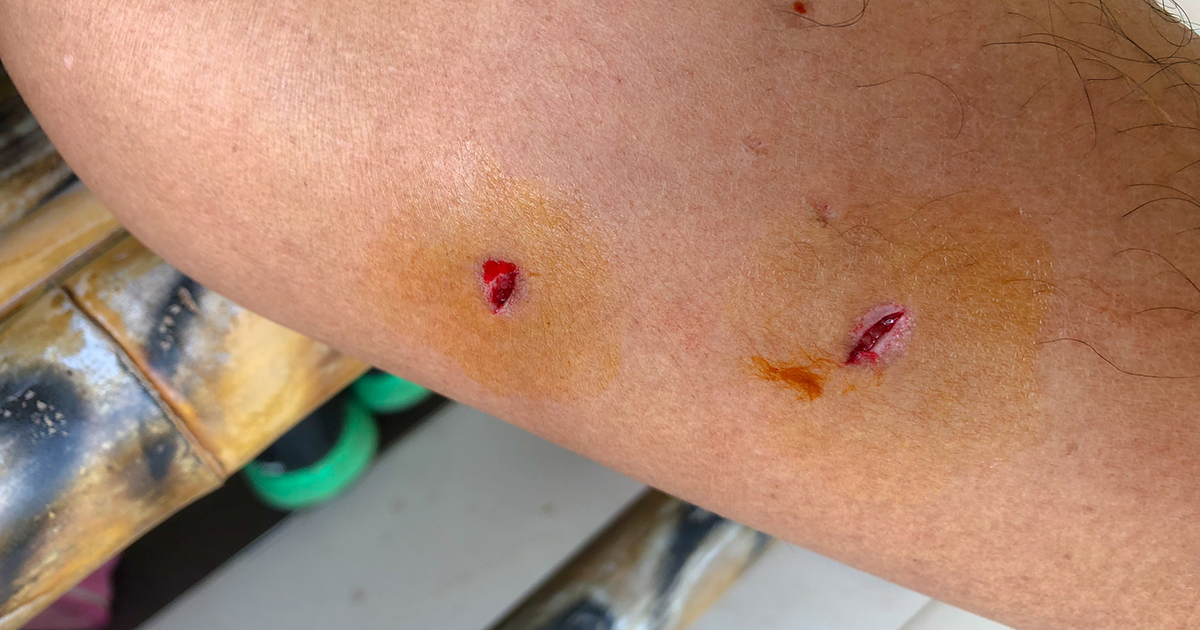Causes And Risk Factors Of Rabies
Rabies is a viral infection transmitted by saliva. Individuals and animals are usually infected through a bite from an infected animal. Although rare, rabies can also be transmitted through the air in caves where large numbers of infected bats live. Unfortunately, rabies has no real treatment and no cure once the infection sets in. Although it can't be cured, the disease can be effectively controlled through vaccination. All dogs and cats kept as pets should be vaccinated against rabies. Bats, foxes, skunks, coyotes, and raccoons are common wild carriers of this disease. Any mammal can carry and transmit rabies. Learn more about the causes and risk factors of rabies now.
Infected Saliva

Rabies is a zoonosis, which refers to a disease that can be passed from animals to humans. There are many zoonoses, but most are not viral, because viruses are highly adapted to a preferred host. Rabies, however, is an exception. Once the rabies virus enters the body, it shows a preference for nerve cells and its ultimate target is the brain. Depending upon the location of the bite, it can take anywhere from two weeks to a year for the virus to progress to the point of causing symptoms, though the average incubation time is between one and two months. As the virus travels along nerve fibers and enters the brain, it begins to be present in the saliva. Infected saliva is the means through which this virus spreads from person to person, usually in the form of a bite.
Speaking of a bite, keep reading to learn how it can result in rabies.
Bite From An Infected Animal Or Human

Rabies can cause extreme agitation in both animals and humans. It attacks the brain and causes victims to lose control of themselves. It can alter typical behavior. Wild animals may seem tame, because, under the influence of the virus, they lose their normal and healthy fear of humans. Humans can also lose all control of their actions. They may thrash about and attack anything in sight. Both rabid animals and rabid humans may bite. It's that bite from an infected animal or human that transmits the disease to the next individual. Even after exposure by an infected bite, rabies can often be prevented through a series of injections that help the body produce antibodies against the disease. This treatment must be given within a certain period to be effective. Once symptoms appear, vaccination is useless, and death is near certain.
Learn more about the causes and risk factors of rabies now.
